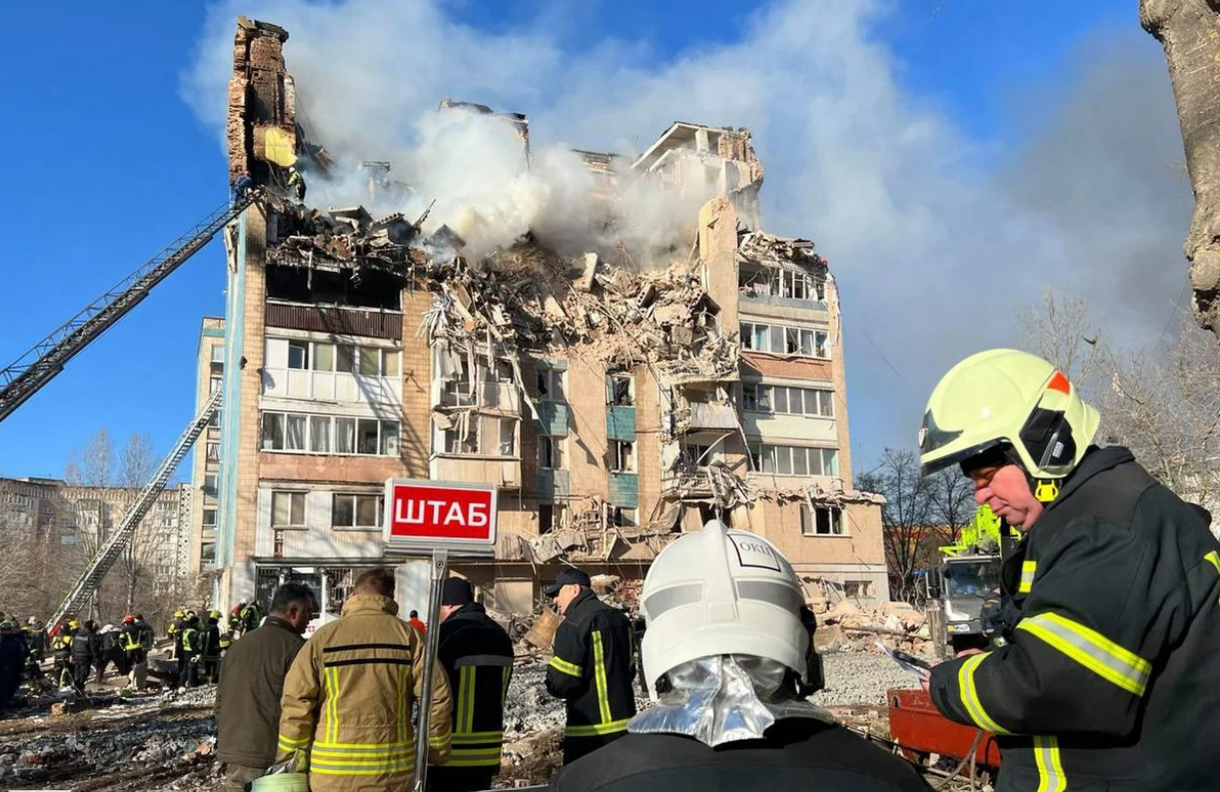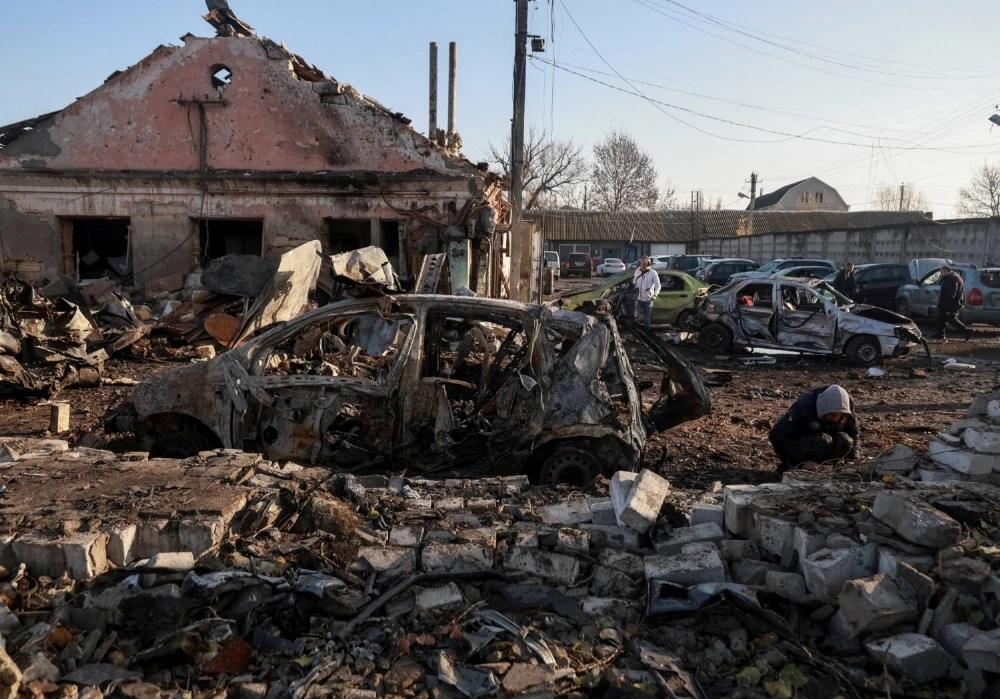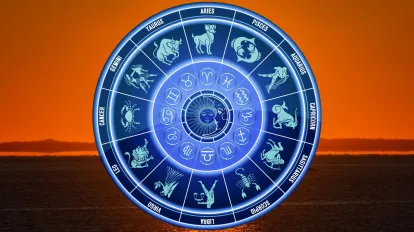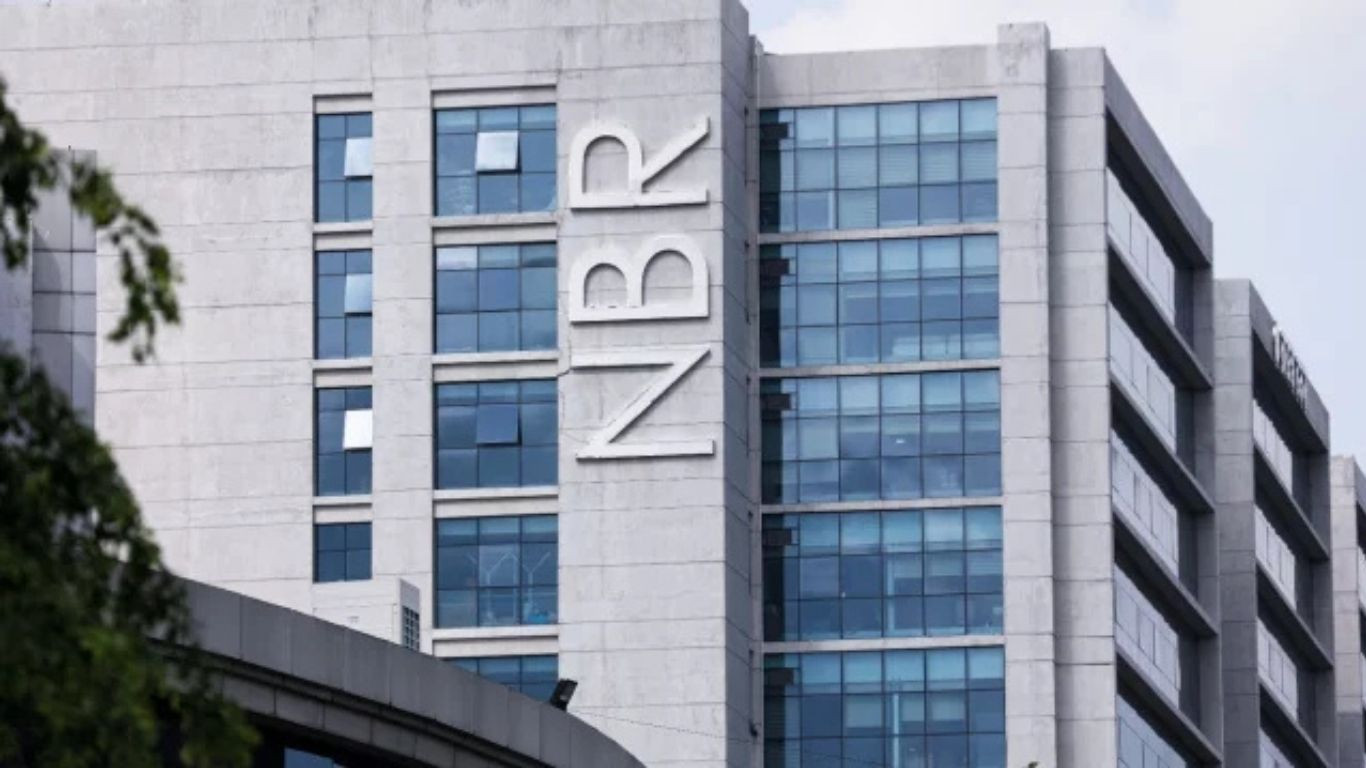Ukraine weighs U.S. peace plan that could reshape the war’s endgame

Kyiv’s leaders are working through a newly drafted U.S. peace proposal that outlines a path to freezing current front lines and laying the groundwork for a negotiated end to the war. Officials say the 28-point document includes scenarios for a cease-fire, monitoring mechanisms and political talks, but each pathway forces Ukraine to weigh battlefield security against domestic legitimacy. President Volodymyr Zelensky has warned that accepting terms seen as overly favourable to Russia could fracture public unity and undermine Ukraine’s dignity.
European diplomats describe the proposal as an initial framework, not a final deal, yet it is already revealing divisions among allies. Governments closer to Russia’s borders worry that freezing the conflict at present positions could reward Moscow’s advances. Others quietly argue that Ukraine’s stretched forces and limited ammunition make a controlled freeze—with strong security guarantees—the least risky option currently available. Kyiv’s position remains unchanged: any arrangement must uphold its right to reclaim occupied land in the future.
Subheading 2
The proposal arrives as Ukraine faces ammunition shortages, renewed Russian strikes on infrastructure and political uncertainty among key donors. Zelensky’s advisers say no deal will be accepted without Ukraine’s full participation, yet they acknowledge that debates in Washington and Europe are shifting. A major concern in Kyiv is that an outright rejection could weaken support for military aid in parliaments already wrestling with war fatigue.
Ukrainian leaders also emphasise that no sudden decision is expected. Any settlement touching borders or constitutional questions would require broad political agreement and could trigger calls for a national referendum. For now, Kyiv is using the document to map out domestic red lines—how much compromise voters could accept, what shape security guarantees should take and whether phased sanctions relief for Russia could ever be considered. These choices will shape not only Ukraine’s negotiating position but also its political trajectory for years.





















